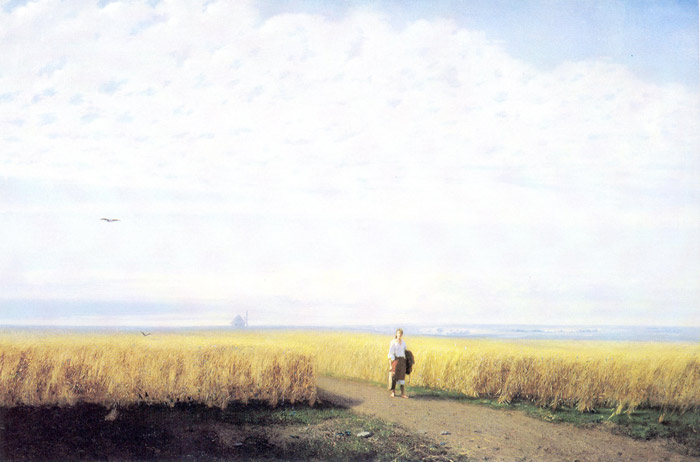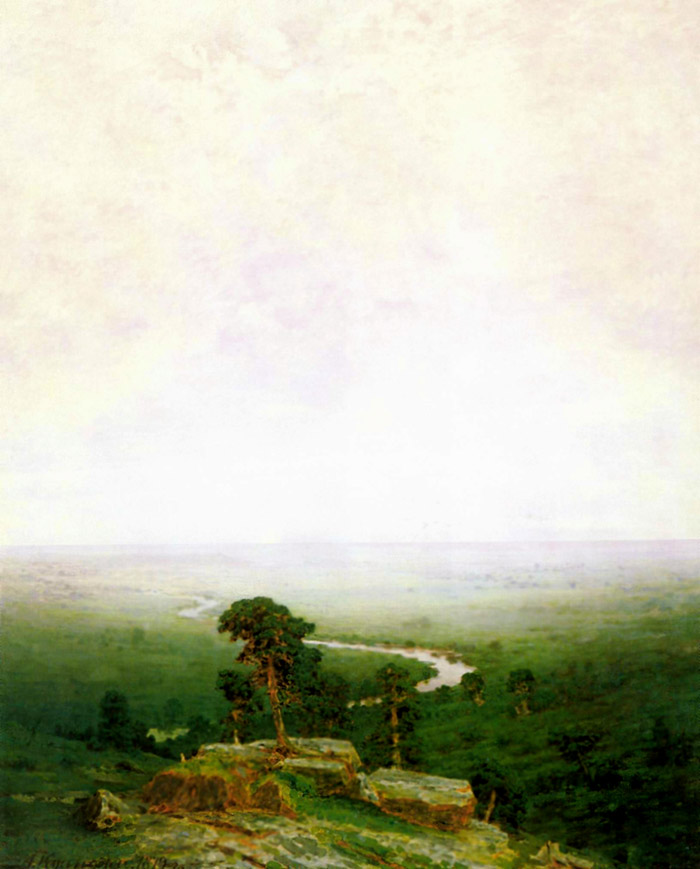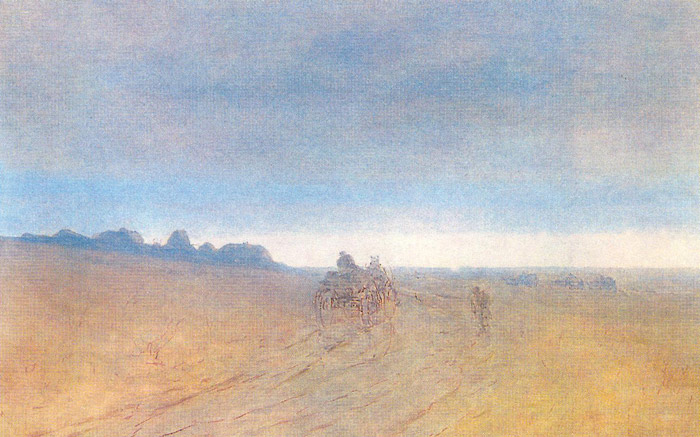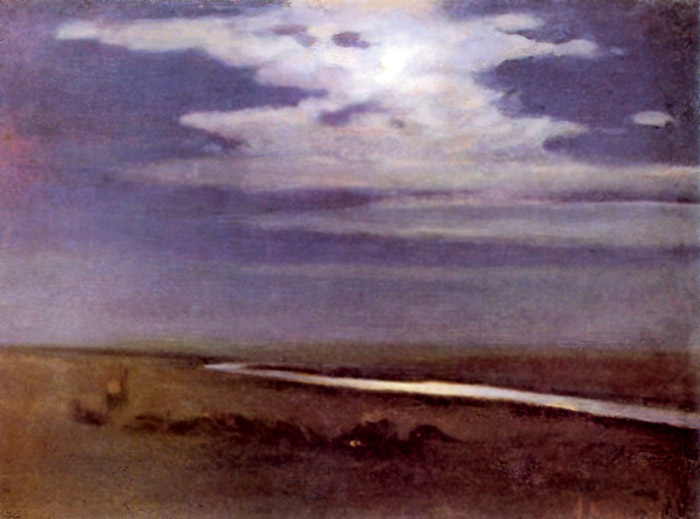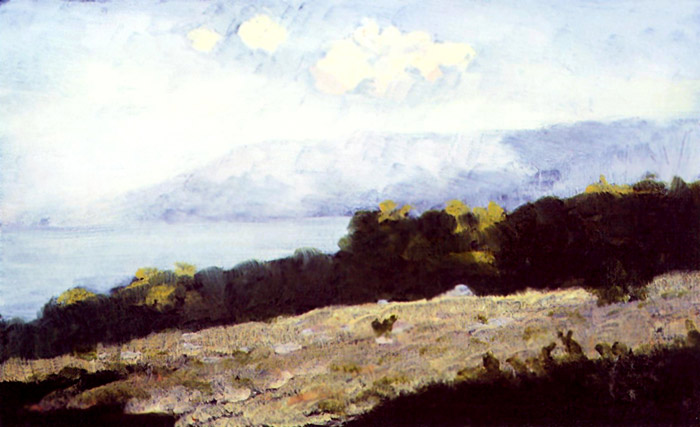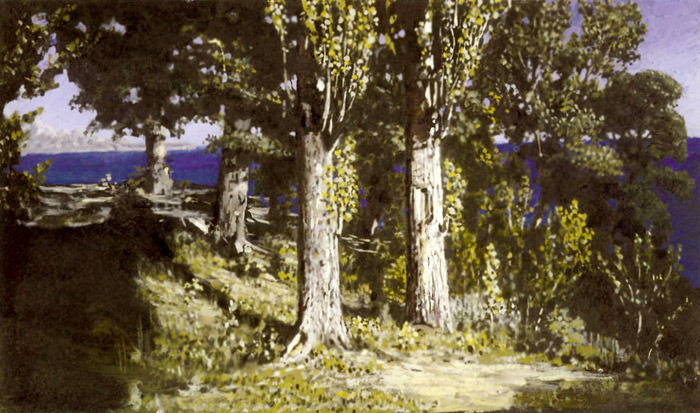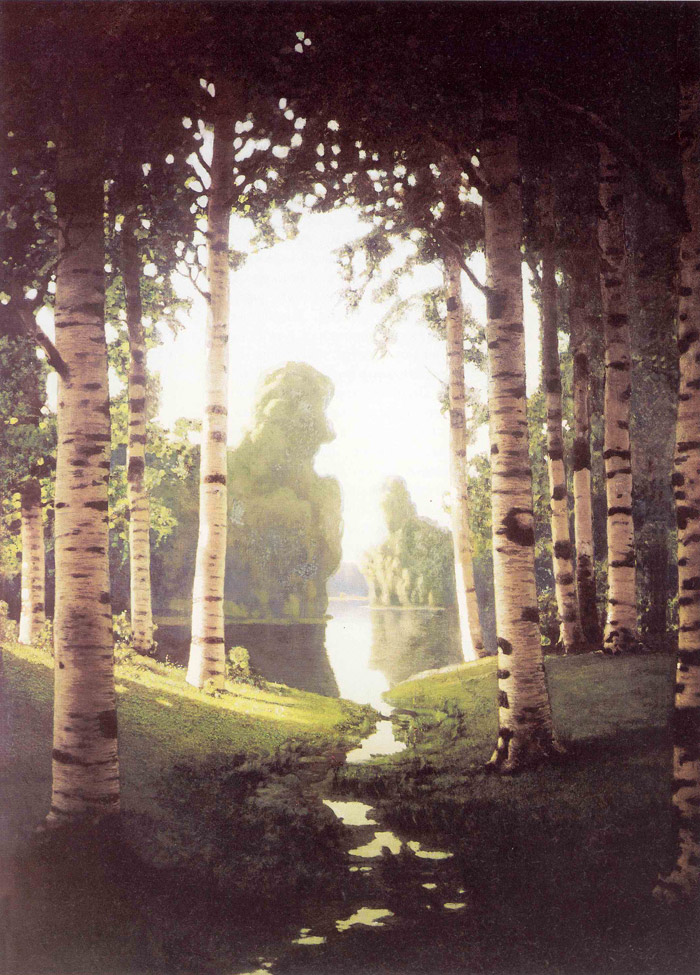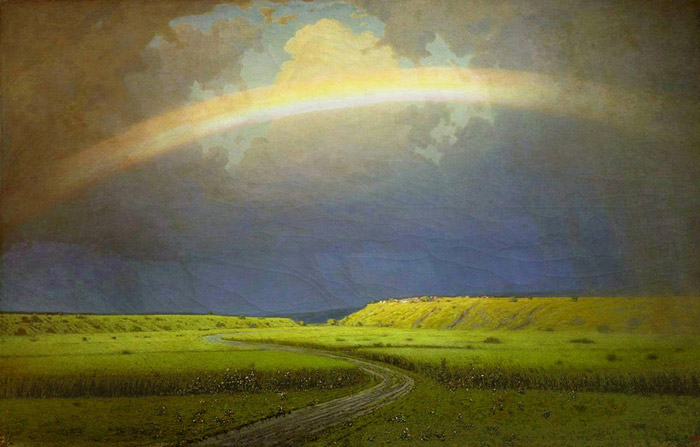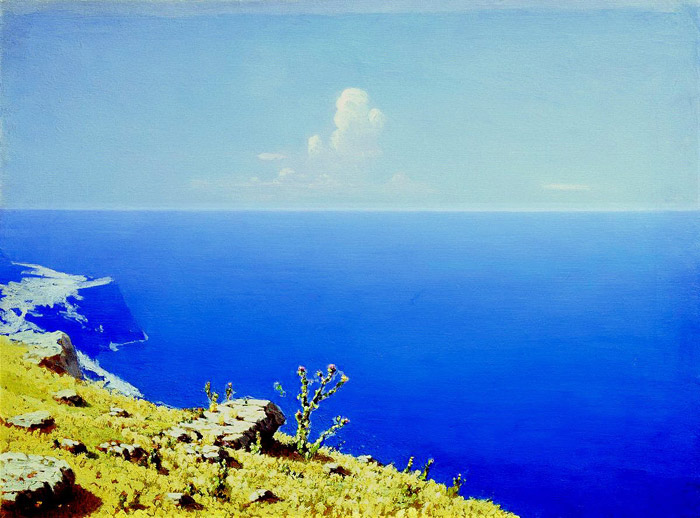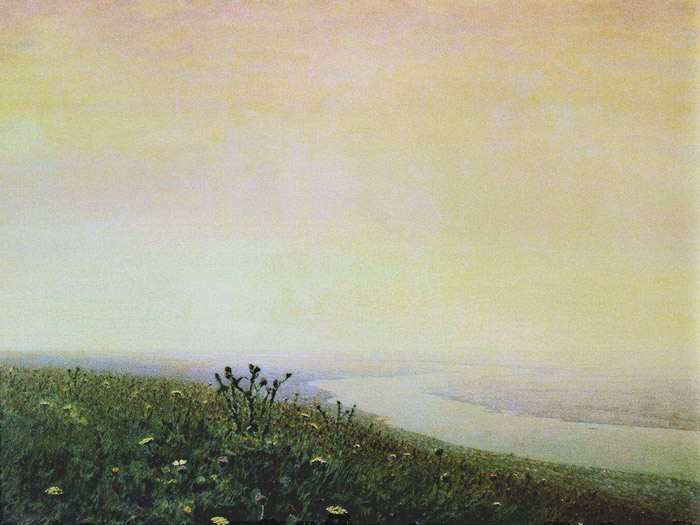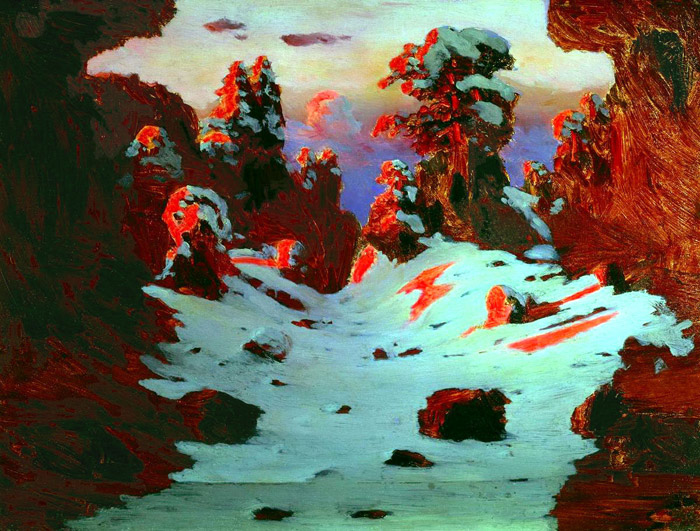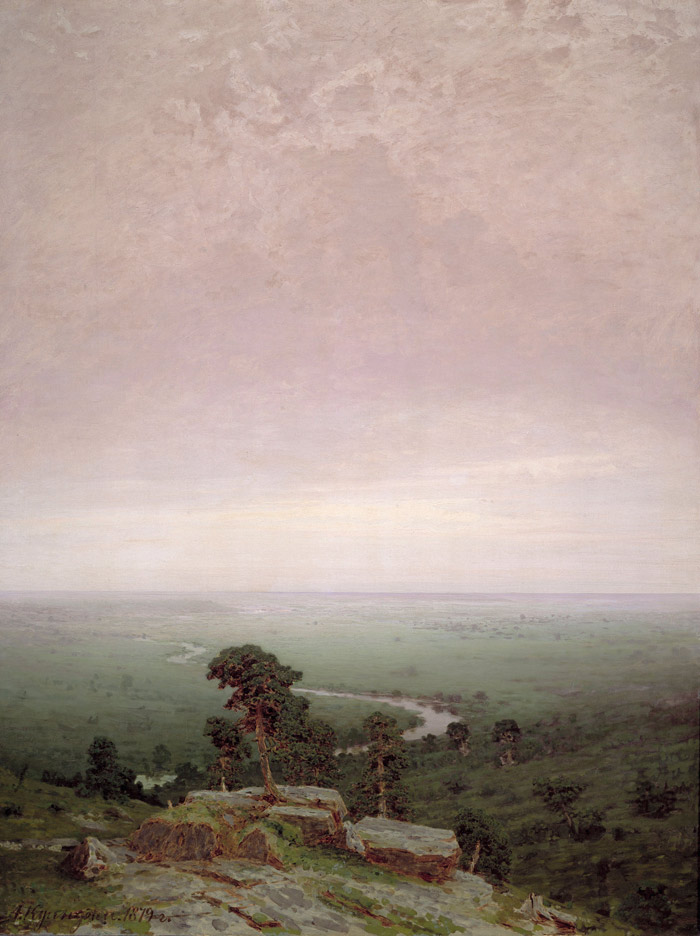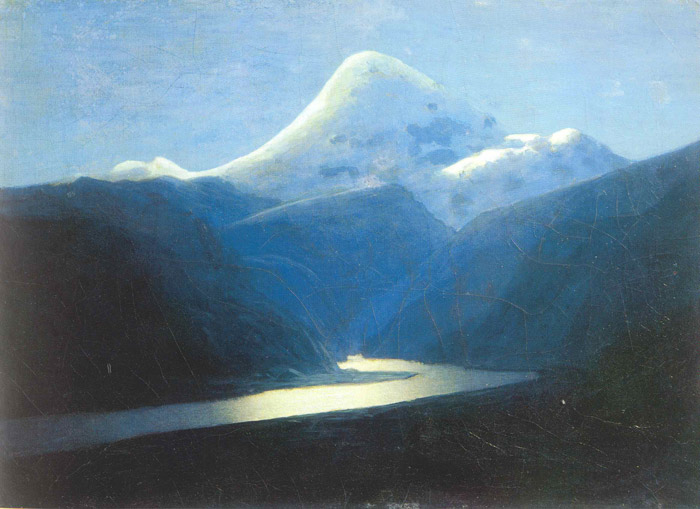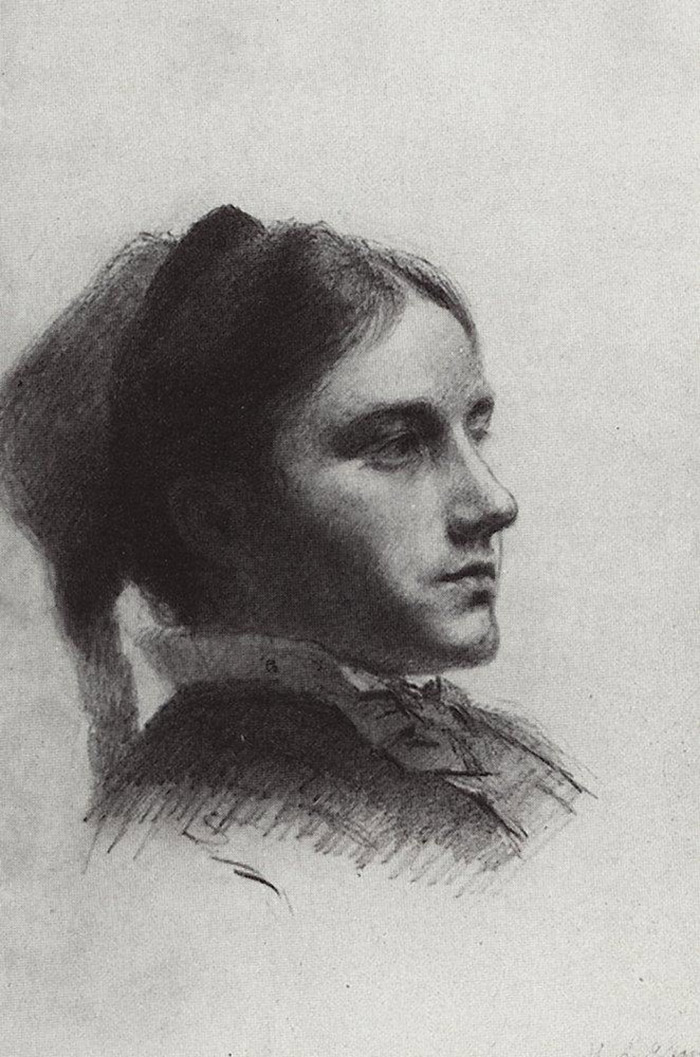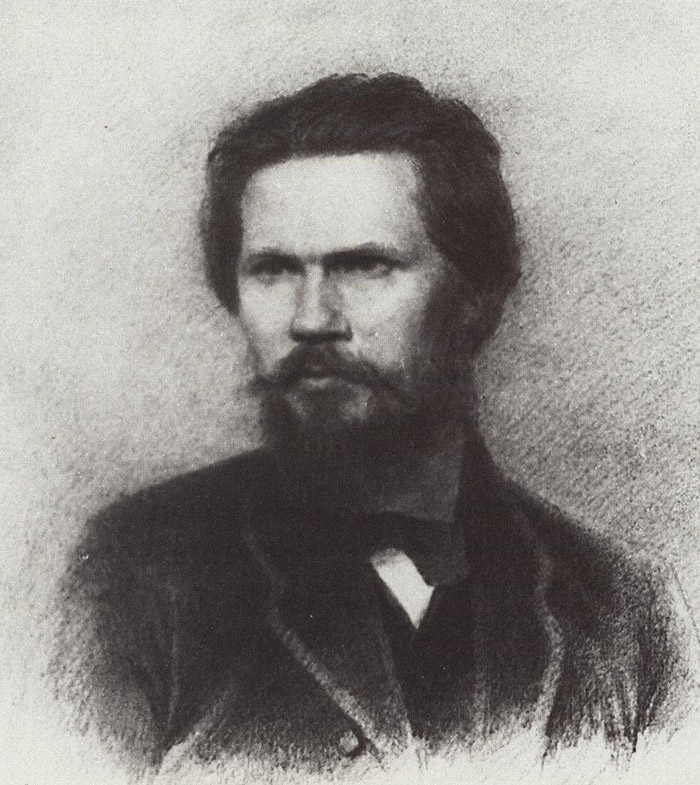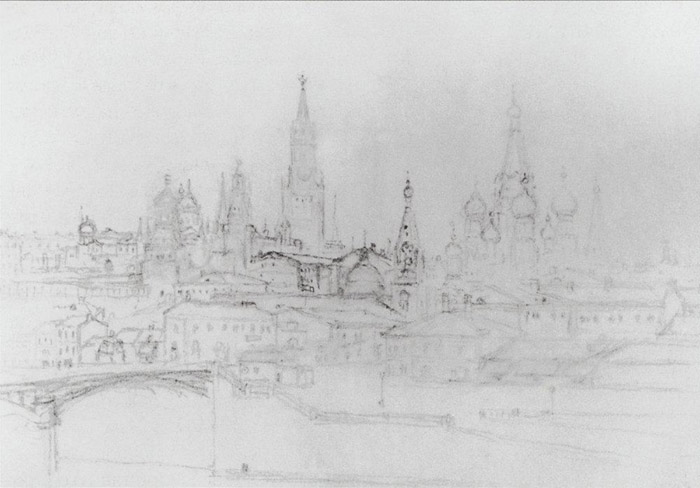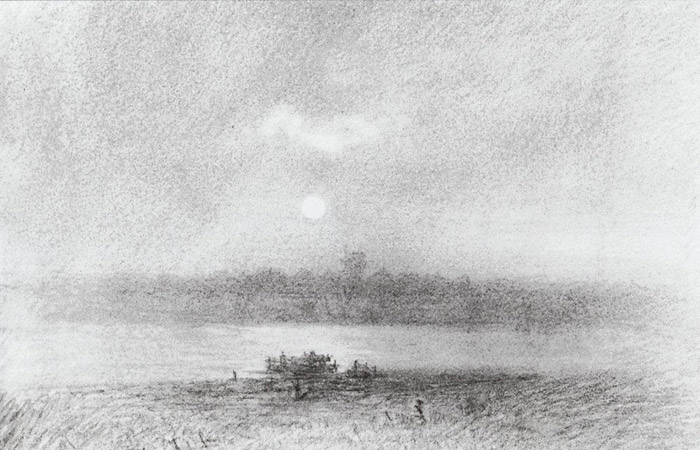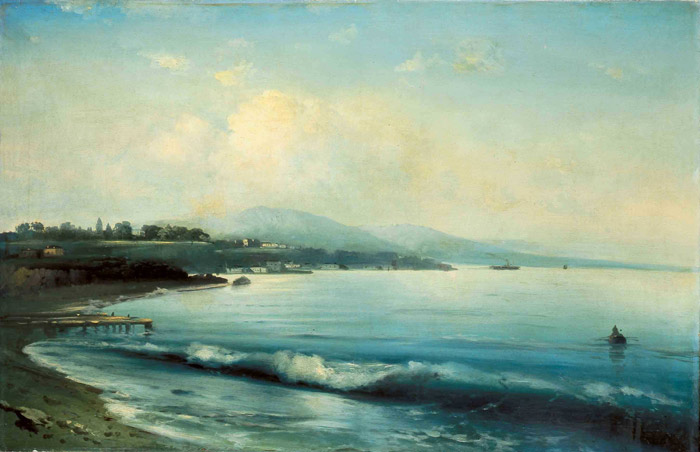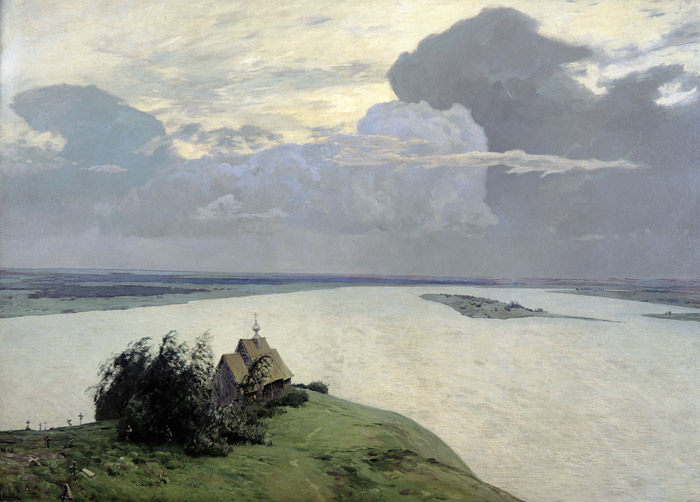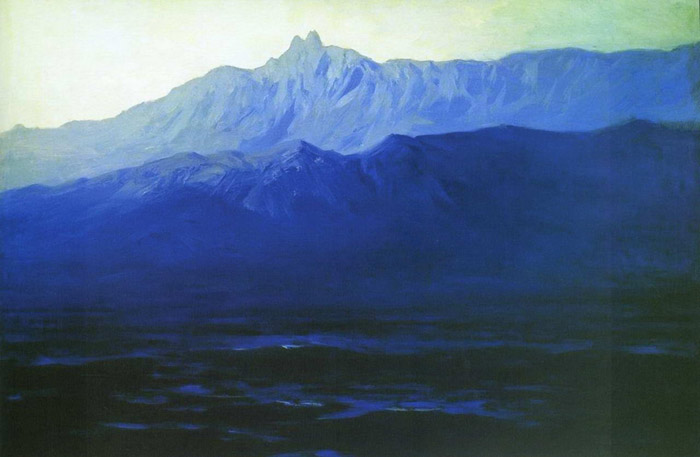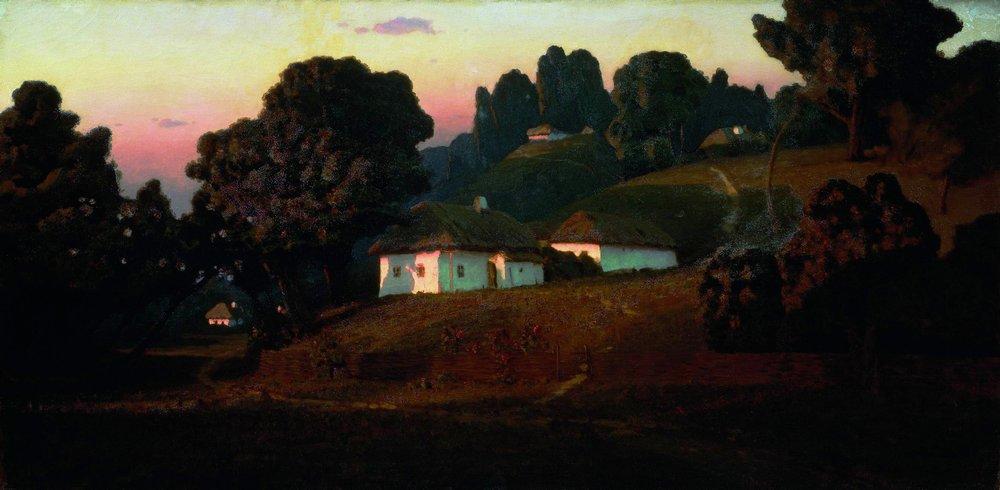Article by Vladimir London
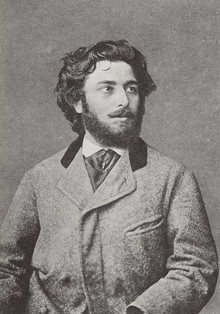 Arkhip Kuindzhi was born in Mariupol, Ukraine, on 15 January. Sources give different years, but it was around 1842. In fact, the details of his life are sparing, save for the account offered in the diary of his beloved wife, Vera Ketcherdzhi. His parents died when he was 6, leaving him to move in with another family member and herd geese to make a living. He received minimal education, spending most of his time drawing instead.
Arkhip Kuindzhi was born in Mariupol, Ukraine, on 15 January. Sources give different years, but it was around 1842. In fact, the details of his life are sparing, save for the account offered in the diary of his beloved wife, Vera Ketcherdzhi. His parents died when he was 6, leaving him to move in with another family member and herd geese to make a living. He received minimal education, spending most of his time drawing instead.
At age 10, Kuindzhi left school and found employment at a nearby church construction site and then a servant. He continued to draw, impressing a friend of his employer who encouraged him to study under the seascape portraitist Ivan Aivazovsky. Kuidzhi travelled to Feodosia and worked for Aivazovsky, but was largely ignored by the greater artist. It was only another of the young man’s relatives, Adolf Fessler, who gave him any artistic instruction (although some accounts suggest that was only helping him copy Aivazovsky’s works).
Kuindzhi then took a job as a photographic retouch artist, until he finally decided in the early 1860s to travel to St. Petersburg to try to attend the Academy of Fine Arts. He failed the entrance exam three times in a row, but his admissions painting, the lost A Tatar Hut in Crimea, so impressed the examiners that he was allowed to sit in on lectures.
Kuindzhi continued to live on the brink of poverty, but he slowly developed a name for himself, although most of his works borrowed heavily from Aivazovsky’s style. In 1872, his painting Autumn Impassibility of Roads earned him the title “class artist of the third grade,” effectively graduating him from the Academy.

The spare, rather bleak painting is mostly hazy sky, punctuated by a muddy field. A woman and small child walk along a small footpath, while a horse-drawn cart stands trapped in the muck. It accurately depicts the scene of Autumn in northern Russia, even though Kuindzhi was a native of the south.
Kuindzhi exhibited another painting, Snow, at the London International Exhibition in 1874 and earned the bronze medal. He soon joined the Peredvizhniki (“The Itinerants”), a group of realist artists who were opposed to academic strictures and wanted to show the truth of life. His first painting with this group was The Forgotten Village, painting not unlike Autumn Impassibility of Roads in its palette and tenor.
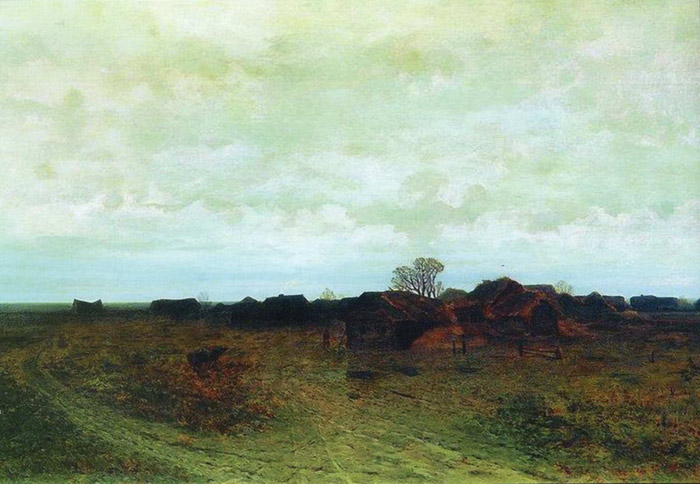
He was not incapable of showing the positive aspects of life: his follow-up, Twilight in the Steppe, has a brighter color scheme and shows the beauty of the world.

1876 saw the release of his magnum opus, The Ukrainian Night.

Amid a calm scene of black and navy darkness, a villa stands out, glowing with an almost supernatural light. The lighting effects of this painting, as well as his subsequent pieces Evening in Ukraine, cemented Kuindzhi’s reputation within the art world.

He left the Peredvizhniki to explore art on his own terms, and a year later produced The Moon Night on the Dnieper River, another majestic piece demonstrating his mastery of the juxtaposition of light and dark.
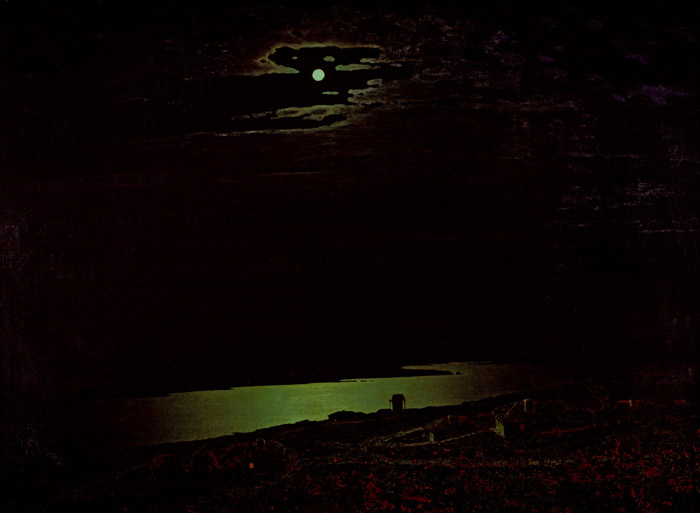
The central positioning of the moon is overshadowed only by its glorious reflection on the river. Interest in the painting was so great that it was exhibited, unfinished, ever weekend for the public, and was purchased by Prince Konstantin well before it was finished.
After exhibiting The Moon Night on the Dnieper River in 1882, along with two other landscapes, Kuindzhi exhibited nothing until for over a decade. Again, the mysteries that surround his life obscure the reason for this. By 1894, however, he was head of the Academy art school. He was well-liked by his students, known as testy but generally decent man.
Kuindzhi was a remarkable man on a personal level. As head of the Academy’s art school, when a Jewish student was refused the funding to travel abroad, Kuindzhi paid for the trip himself. This student, Isaak Brodsky, went on to become an artist of some renown himself. Although he was eager for public recognition, he nevertheless donated to charity and lived humbly with his wife in the center of town. He even fostered birds in his waning years. He died quietly of old age on 11 July 1910.
